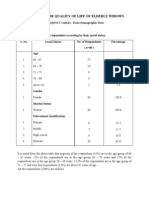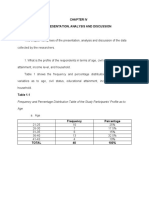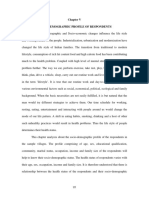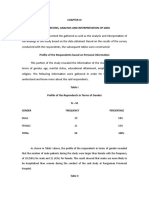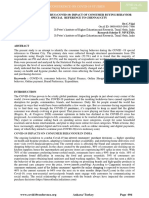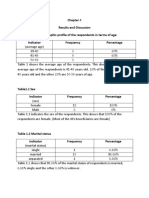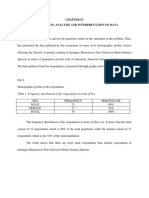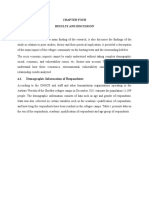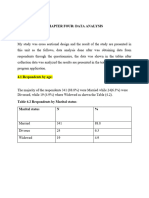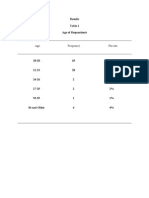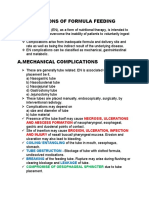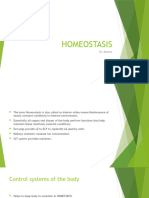0% found this document useful (0 votes)
62 views4 pagesAssignment 1 in Stat
The document contains 8 tables summarizing data from a survey of 118 respondents on their knowledge and attitudes regarding MERS-CoV. Table 1 shows most respondents were aged 26-30 or 41-45. Table 2 shows most respondents were female. Table 3 shows over half were married. Table 4 shows most had college degrees. Table 5 shows most had 0-7 years of experience. Table 6 shows nearly half were nurses. Table 7 shows over half reported being knowledgeable about MERS-CoV. Table 8 shows all had strongly agreeing attitudes toward prevention and treatment. In summary, the tables analyze a survey that found over half of respondents reported knowledge of MERS-CoV and all had strongly positive attitudes, with some differences according to demographic profiles
Uploaded by
Ivy Marie AlcarazCopyright
© © All Rights Reserved
We take content rights seriously. If you suspect this is your content, claim it here.
Available Formats
Download as DOCX, PDF, TXT or read online on Scribd
0% found this document useful (0 votes)
62 views4 pagesAssignment 1 in Stat
The document contains 8 tables summarizing data from a survey of 118 respondents on their knowledge and attitudes regarding MERS-CoV. Table 1 shows most respondents were aged 26-30 or 41-45. Table 2 shows most respondents were female. Table 3 shows over half were married. Table 4 shows most had college degrees. Table 5 shows most had 0-7 years of experience. Table 6 shows nearly half were nurses. Table 7 shows over half reported being knowledgeable about MERS-CoV. Table 8 shows all had strongly agreeing attitudes toward prevention and treatment. In summary, the tables analyze a survey that found over half of respondents reported knowledge of MERS-CoV and all had strongly positive attitudes, with some differences according to demographic profiles
Uploaded by
Ivy Marie AlcarazCopyright
© © All Rights Reserved
We take content rights seriously. If you suspect this is your content, claim it here.
Available Formats
Download as DOCX, PDF, TXT or read online on Scribd
/ 4
